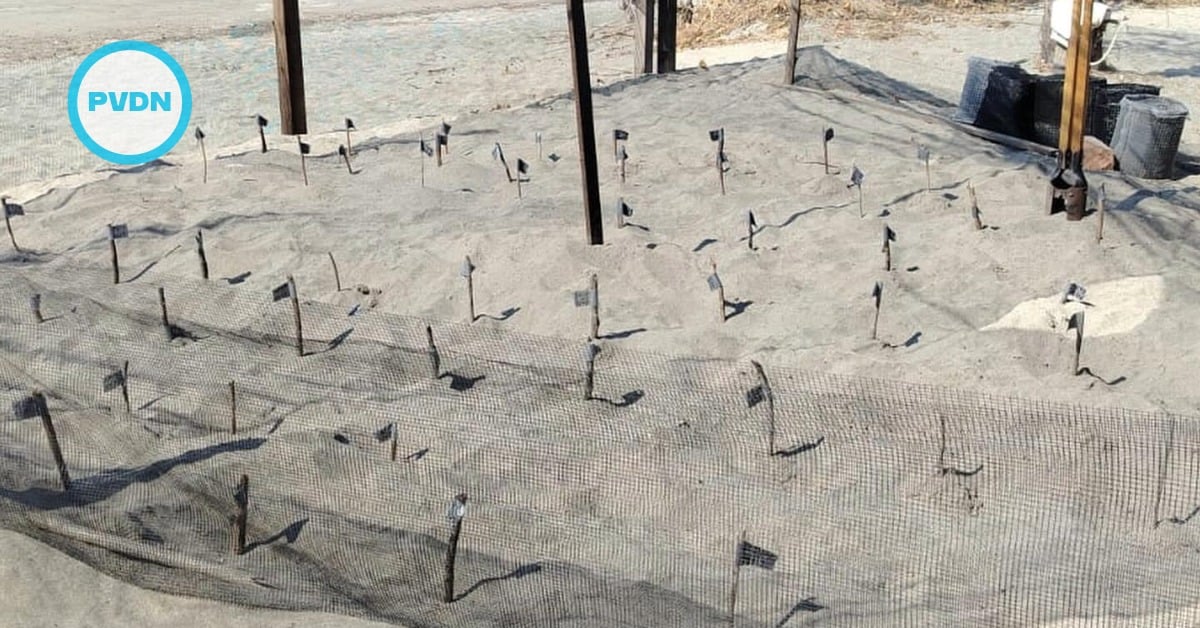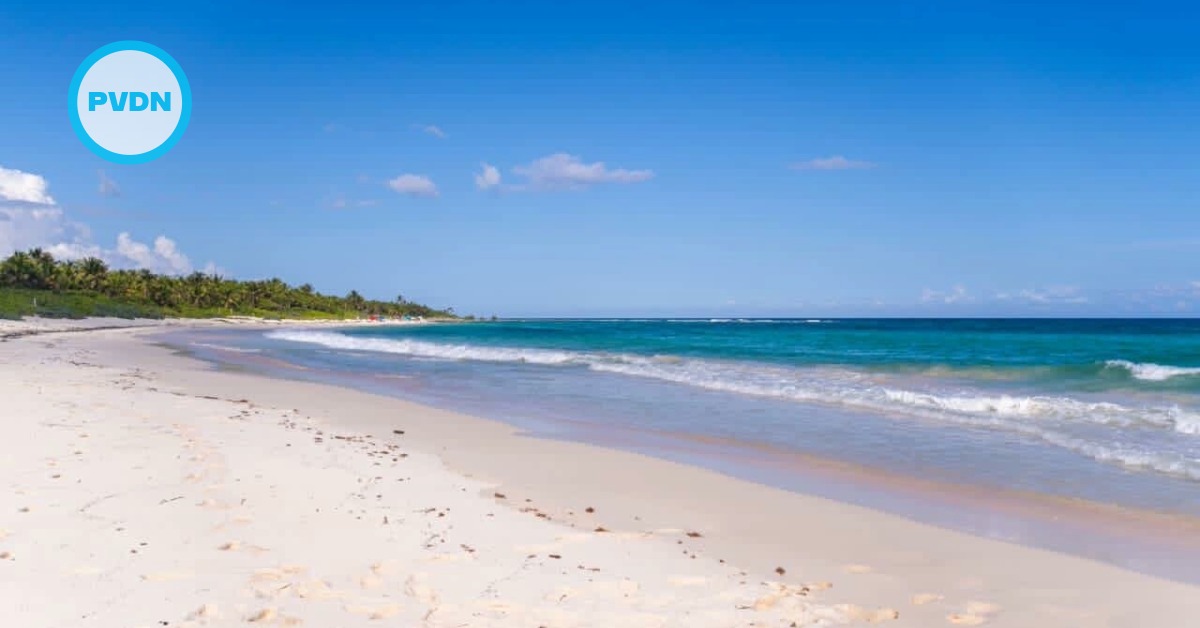The southern Mexico Mayan ruins of Calakmul have become the country's first site to receive the "mixed" World Heritage designation from the United Nations. The designation cites both the pyramids of the ancient city-state and hundreds of thousands of acres of well-preserved tropi…





